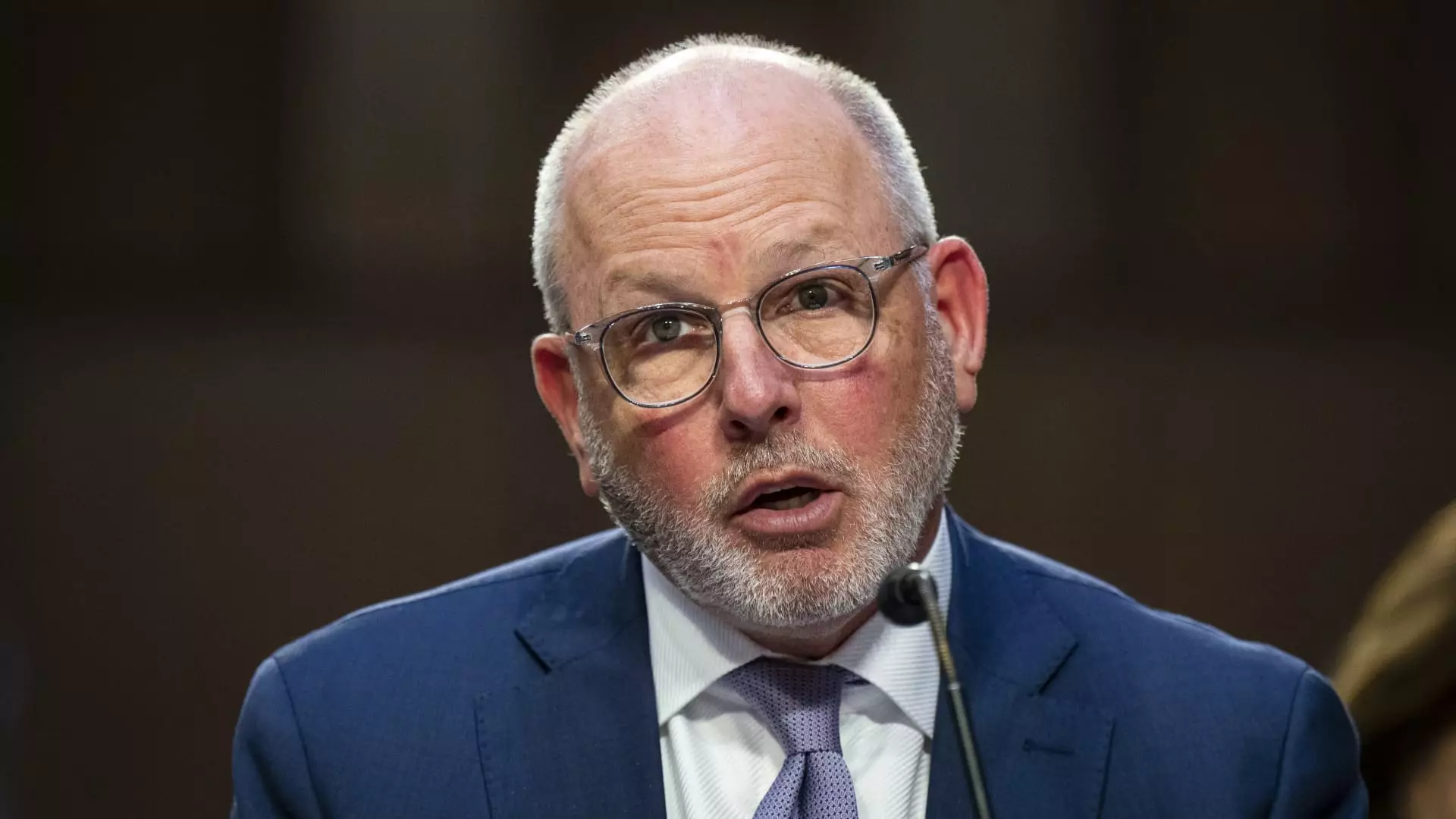The role of pharmacy benefit managers (PBMs) in the American healthcare landscape has become a hot topic of debate, especially in light of rising prescription drug prices and their impact on consumers. Recently, CVS Health’s new CEO, David Joyner, took center stage during a quarterly earnings call to defend his company’s PBM division, Caremark, amidst growing scrutiny regarding their practices. This article delves into the implications of Joyner’s defense and the broader discussion surrounding PBMs, drug pricing, and pharmaceutical manufacturers’ influence.
Joyner’s commentary during the earnings call was a strategic move, shedding light on a critical issue that has garnered bipartisan attention from lawmakers and even the President. PBMs, including Caremark, have been accused of inflating drug prices by creating an opaque system that complicates the flow of information between manufacturers, insurers, and consumers. While Joyner insists that PBMs act as essential intermediaries that negotiate better prices and manage formularies, the reality is that their complex web of incentives may not always align with the best interests of American patients. This conflict of interest is central to the ongoing debates and scrutiny facing these organizations.
Blame, according to Joyner, was directed towards pharmaceutical manufacturers whom he alleged maintain monopolistic practices that inflate drug costs. This perspective is not unusual, as various stakeholders in the healthcare system point to the pharmaceutical industry as a leading contributor to high drug prices. Joyner’s assertion raises questions about the effectiveness of PBMs in truly being regulatory forces against rising costs or whether they are simply perpetuating a flawed system.
In his defense, Joyner referenced studies claiming that PBMs create significant net value—over $100 billion annually—for the U.S. healthcare system. This figure is contentious; the actual savings experienced by consumers often seem nebulous compared to the wealth generated by negotiation fees and rebates that PBMs secure for insurers. Critics within the pharmaceutical industry argue that these savings do not translate into lower out-of-pocket costs for patients. The assertion that PBMs provide a robust counterbalance to pharmaceutical pricing regimes sounds compelling but requires deeper analysis.
When Joyner claimed that branded drug manufacturers contributed an additional $21 billion in gross drug spending in January alone, he failed to provide concrete sources for this data—a critical lapse in transparency for such a serious claim. It brings into question the reliability of the information that drives policy discussions and economic rationality within the healthcare sector.
The Bipartisan Response: Calls for Accountability Among PBMs
Increasingly, voices from both the Democratic and Republican parties are calling for regulatory reform regarding PBMs. The federal government, as well as state attorneys general, are embarking on investigations to understand the financial pipeline between PBMs, manufacturers, and consumers. This bipartisan scrutiny seems to stem from the urgent need to produce more tangible results in terms of drug price reductions for patients across the board.
The pharmaceutical industry, represented by organizations like PhRMA, has also responded to Joyner’s remarks by emphasizing the intense scrutiny PBMs are under and suggesting that these middlemen may siphon off substantial savings intended for consumers. This ongoing tug-of-war between PBMs and drug manufacturers illustrates a healthcare infrastructure fraught with potential conflicts of interest at multiple levels.
The debate over the roles of PBMs like CVS Health’s Caremark is emblematic of a larger systemic issue within American healthcare: transparency and accountability. While Joyner’s defense emphasizes the necessity of PBMs in negotiating drug prices, the complexity and opacity of their operations raise legitimate concerns. As investigations unfold and public sentiment shifts, the potential for reform grows.
Healthcare consumers are rightly clamoring for clarity and fairness in drug pricing, pressing for meaningful changes that allow for lower costs and better access to medicines. While PBMs might argue for their position as cost-saving entities, the onus remains on them to demonstrate how their actions directly contribute to affordable prescription drugs for Americans. In an era where every dollar counts, especially for patients grappling with expensive medications, a definitive answer to these questions is more crucial than ever.

